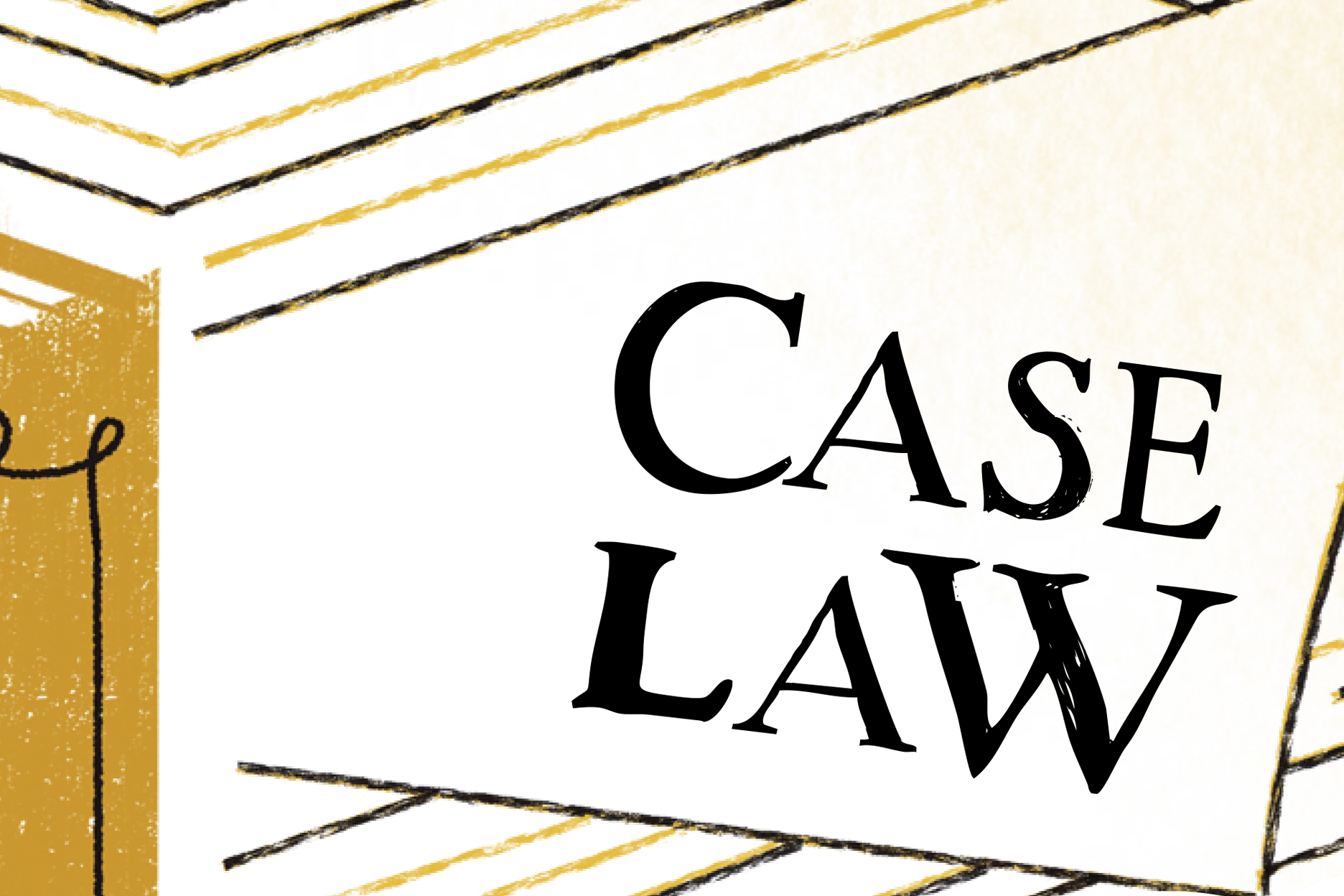WORKPLACE BATTLE BREWING: PEOS NEED TO PREPARE FOR SEASON OF CHANGE AND UNCERTAINTY
May 2024


Two competing forces battling it out right now could have an outsized impact on your clients’ workplaces and your overall business practices over the next few months – so you should make sure you have a basic understanding of what’s going on so you can adjust and advise as necessary. Government agencies are trying harder than ever to reshape the way alternative workplace models conduct their business, while some sympathetic courts are siding with businesses and pushing back on these efforts. Depending on how the battle ends, the next few months could bring a sea change in how joint employment and independent contractor laws are applied to workplaces across the country – or see the highest court in the country create chaos by yanking power from federal agencies in a truly transformational way. Here’s an overview of what’s going on and what you can expect over the next few months.
AGENCIES UNLEASH BROAD, PROGRESSIVE RULES
A pair of new federal rules threaten to upend some fairly common business practices and wreak havoc on businesses from coast to coast.
JOINT EMPLOYER RULE
A joint employer rule from the National Labor Relations Board aims to establish a very liberal standard that would result in a finding of “joint employment” between two entities much more frequently. A business would have been considered a joint employer not only when it has the right to exert control over the terms and conditions of another company’s employees, but also when evidence exists of reserved, unexercised, or indirect control over any working conditions.
This would include obvious situations like hiring and firing – but also such other conditions as wages, benefits, scheduling, supervising, directing, and disciplining. This raises many questions for PEOs regarding the way they describe their relationship with customers and employees. The new rule also could embolden the NLRB to take a more aggressive stance with PEOs.
INDEPENDENT CONTRACTOR RULE
Meanwhile, businesses will find it harder to classify workers as independent contractors under federal wage and hour law thanks to a Department of Labor rule. A new rule will usher in more complex analysis that focuses on the “totality of the circumstances” to determine whether a worker is an employee or independent contractor – and also use an employee-friendly interpretation of how each of the factors in the test should be applied. In a nutshell, it will be more difficult for businesses to classify workers as contractors.
This is not necessarily bad for PEOs. A broader definition of employee will lead to the classification of more workers as employees who will be part of the PEO’s business model. On the other hand, it could lead to more disputes about whether an injury suffered by a customer’s independent contractor should be covered by the PEO’s workers’ compensation insurance program.
COURTS STRIKE BACK
But thanks to legal challenges brought by business advocacy groups, these rules face an uncertain future. In fact, the joint employment rule is currently on hold after a Texas federal court struck it down right before the effective date. Court battles over the future of that rule are just beginning, however, and we expect an appeals court to eventually weigh in.
Meanwhile, although the independent contractor rule took effect on March 11, we are monitoring pending litigation that could put that rule on ice or at least block the Department of Labor from enforcing it. Don’t be surprised to see a court ruling in the coming weeks that puts another dent in the armor of federal agencies when it comes to their attempts to step further into the workplace.
COULD THE U.S. SUPREME COURT END MUCH OF THIS DRAMA?
But all of those court battles could just be the prologue to a major shakeup that could be on the horizon. By the end of June, the U.S. Supreme Court will decide an under-the-radar case (Loper Bright Enterprises v. Raimondo) that could completely reshape the way that federal agencies operate.
A legal principle that has been in place for decades (called the “Chevron doctrine”) says that courts need to give federal agencies wide latitude to take a position and pass regulations when a statute could reasonably be read with two different interpretations. This standard has led agencies to pass all sorts of rules that govern almost every aspect of your day-to-day workplace life – from wage and hour law to labor rules, from safety standards to pay equity, and on and on. And there’s little doubt that the joint employment and independent contractor rules also fall under this same structure.
Many observers believe the U.S. Supreme Court will issue a ruling by the end of this term that will strike down or at least seriously degrade this Chevron doctrine and thereby remove a lot of power from federal agencies. This could cause you to have to be nimble and adjust to a shift in the way that government authorities apply joint employment and independent contractor rules to all sorts of business models.
TWO SIDES TO THE COIN
While you may be thinking that the ability of courts to easily strike down regulations issued by an overreaching agency is a good thing, there is, however, a dark side to this story. PEOs may enjoy the protection or enablement of regulations that favor the industry, but those regulations are equally vulnerable to court challenges. We may see organized labor and other pro-employee groups go on the offense by attacking longstanding regulations that are good for PEOs and other employers.
Keep an eye on this quickly evolving situation. The PEO business model is built on legal doctrine, not bricks and mortar or chips and processors. As such, a dynamic and unpredictable regulatory environment presents a greater risk to PEOs than other businesses.
This article is designed to give general and timely information about the subjects covered. It is not intended as legal advice or assistance with individual problems. Readers should consult competent counsel of their own choosing about how the matters relate to their own affairs.
-
SHARE
- Copy to clipboard


